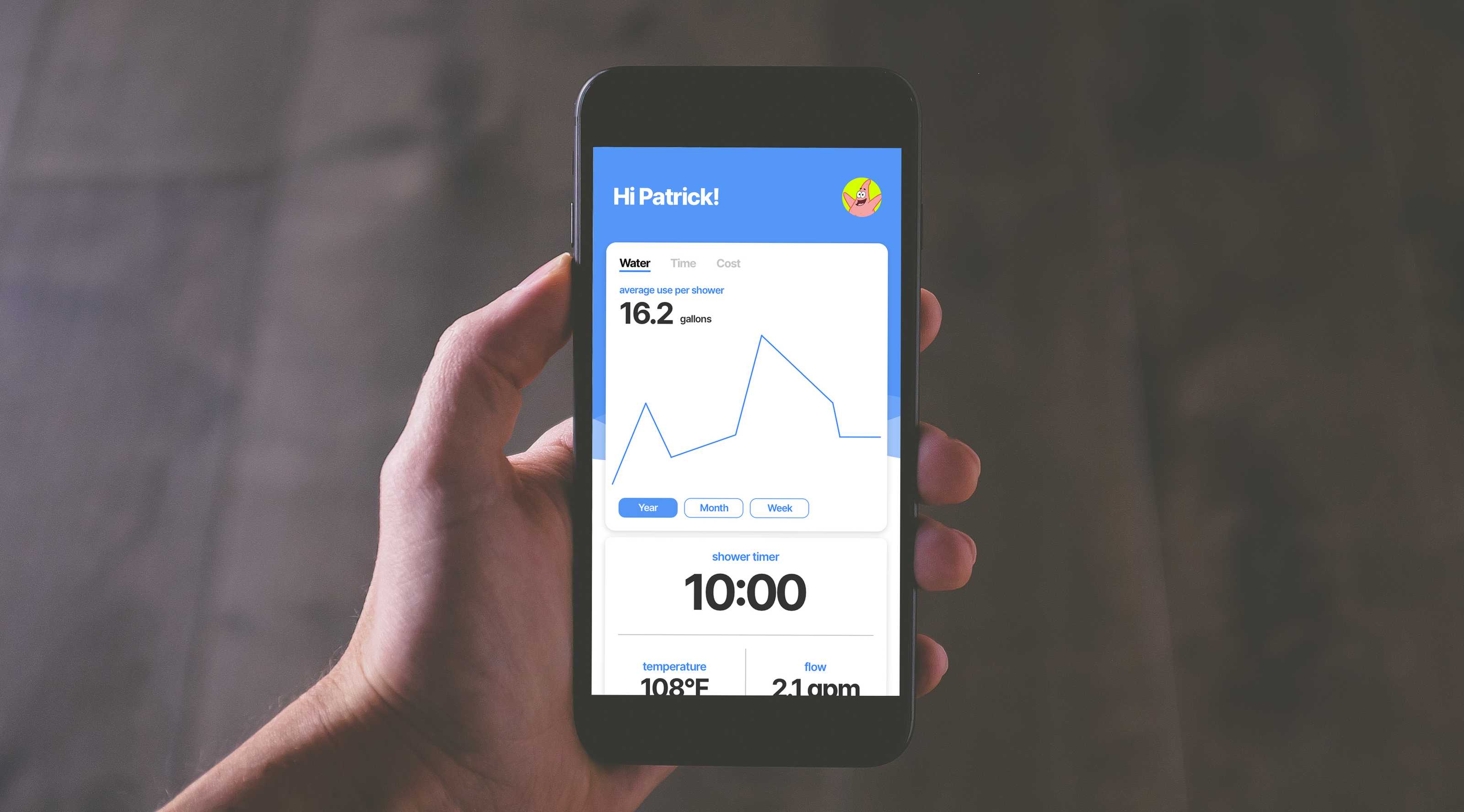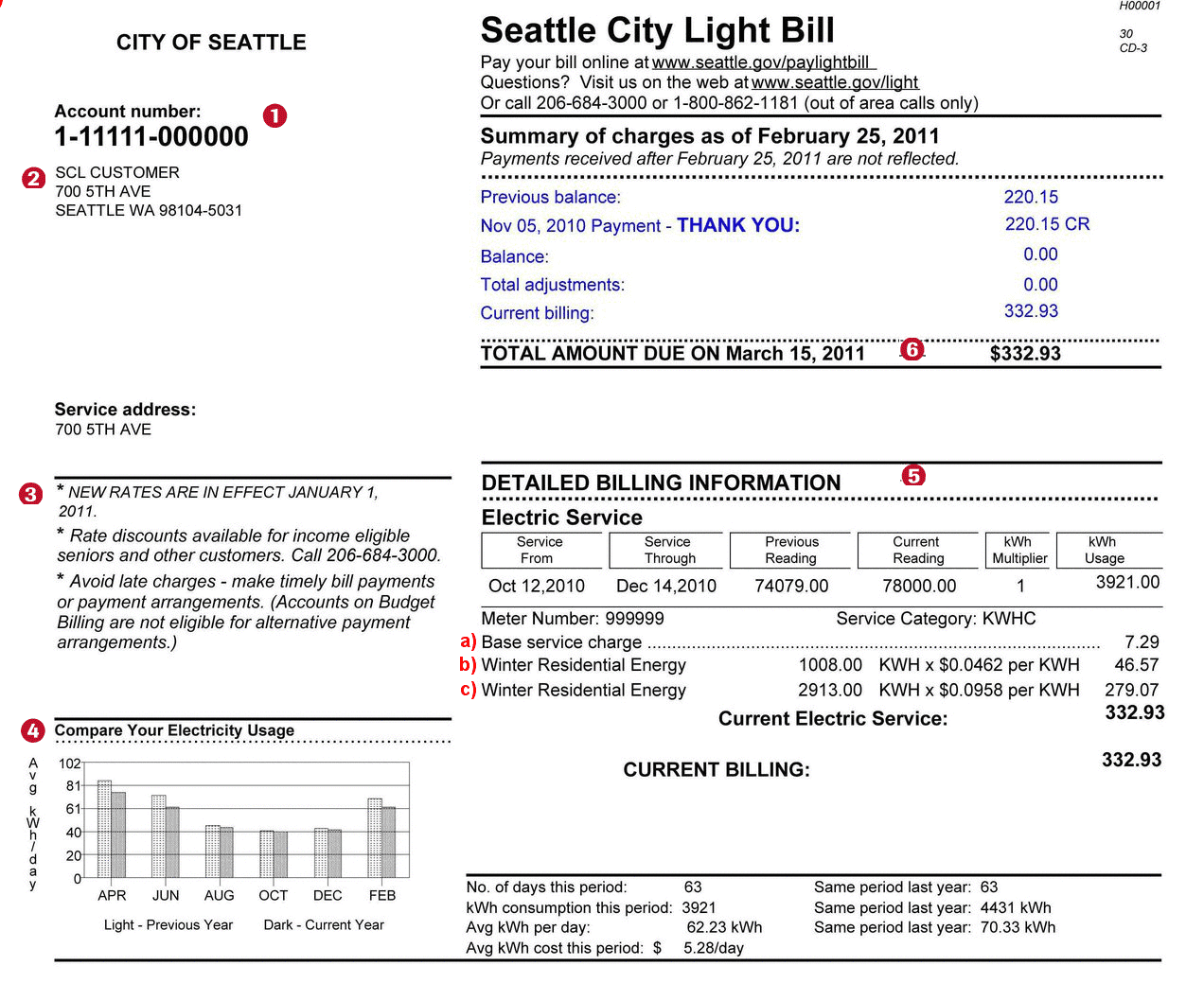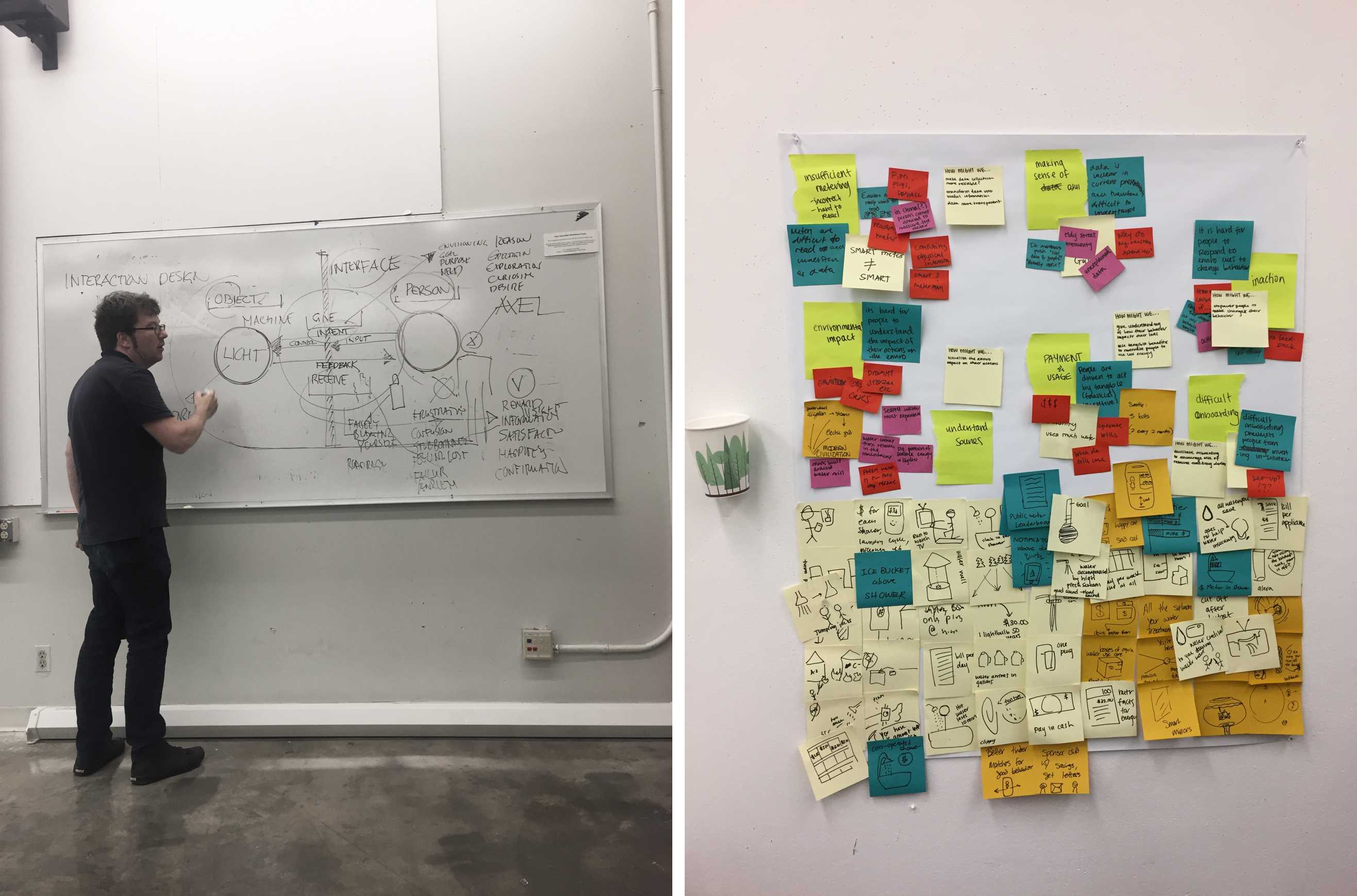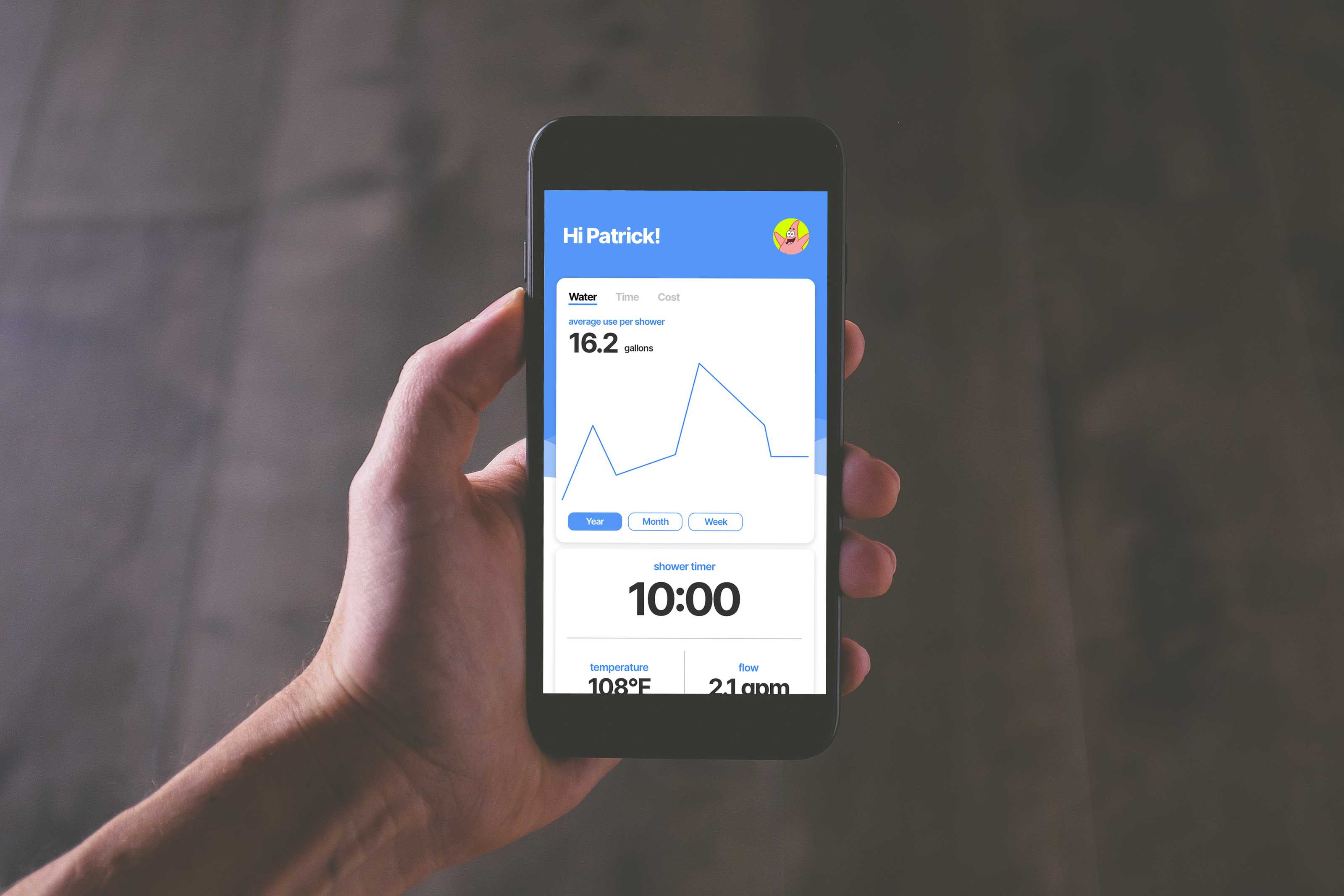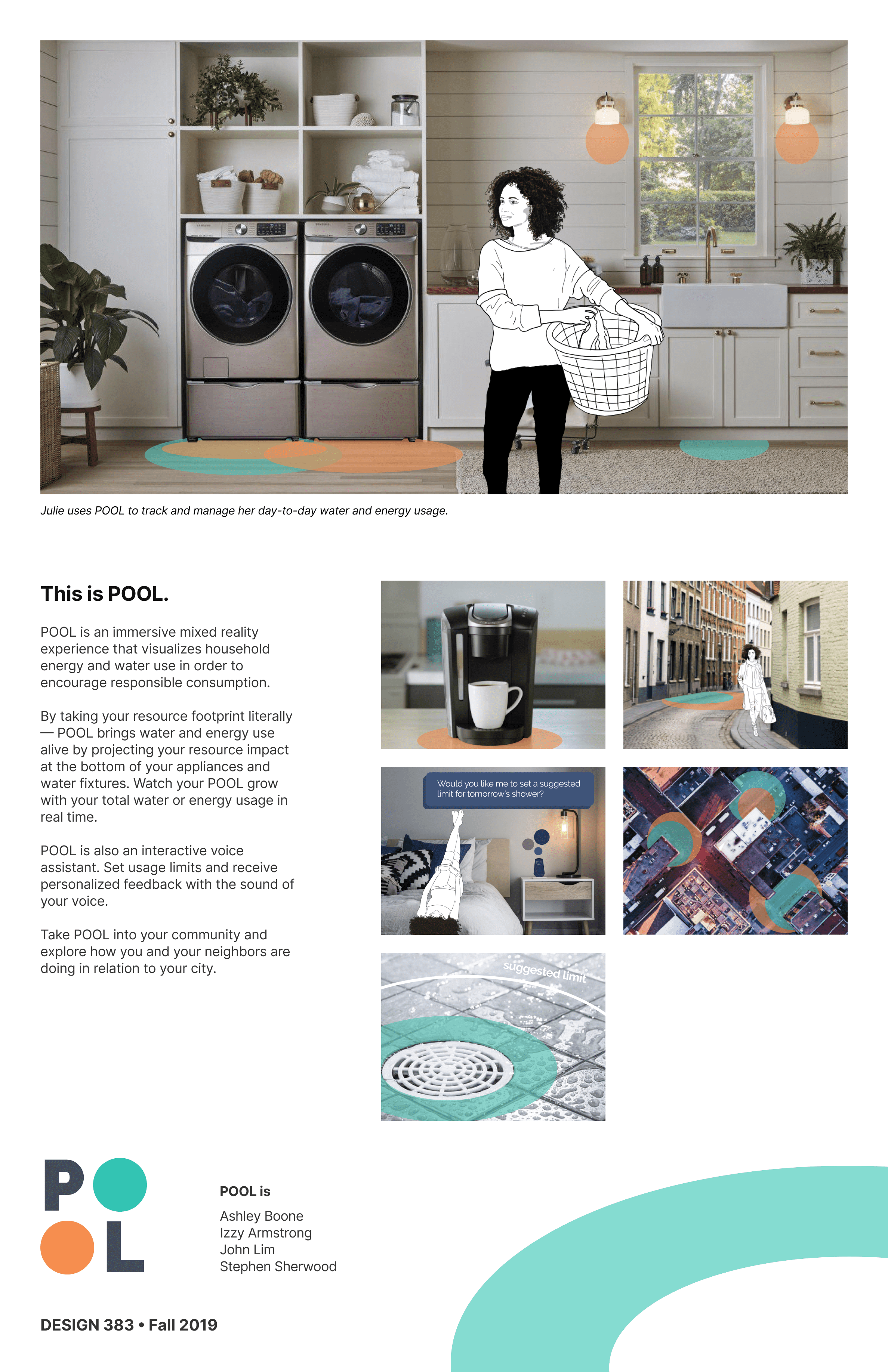It's easy to overlook our day to day consumption of water and energy, especially in the comfort of our homes. Yet as climate change continues to intensify, it is now more imperative than ever for us to take better control of our resource use.
POOL was the cumulative deliverable of a group project that aimed to find solutions to encourage more responsible consumption of household utilities.
An Imperfect Source of Information
Have you ever looked at your water meter at home and wonder, "What in the world is going on here?" — I certainly have; And so have countless others I spoke to who couldn't figure how to intepret a water meter even if they tried. With little means to track consumption until the bill shows up at the end of the month, it's no wonder we don't know how much water & energy we're using as well as the impact of our consumption.
The theme of imperfect information also stood out through my research process in other ways:
Few people knew how to interpret a water or electric meter; they're clearly not designed to be used by an everyday consumer.
Utility bills are great at helping you understand your total consumption, but not helpful if you're trying to understand how you're consuming it.
Utility bills often come in units that are alien to most – kilowatt hour and centum cubic feet are not units of measurement that are seen everyday.
Monthly cycle of bills makes it harder to gauge effects of behavioral change.
Other than the monetary amount due, much of what's on the bill is not very useful at helping users understand their consumption
The Approach
With imperfect information about consumption being a key reason behind our over-consumption of resources, we set our to find ways to better address how consumption data is presented to the useer.
We undertook a series of ideation exercises (brainstorming, sketching, crazy 8s) as a group and emerged with dozens of ideas on how to approach this problem. We sorted through the ideas we had and managed to synthesize them down to a couple of themes, which we then carried forward for both our individual and team deliverables.
We performed ideation exercises as a team. While we had the opportunity to explore some uniquely creative ideas such as doing the ice-bucket challenge as forfeit for showers gone long to cycling a dynamo to power appliances, most of our ideas ultimately revolved around the theme of addressing imperfect information through helping users better measure and understand the impact and extent of their consumption.
By tackling imperfect information and helping users understand the true costs and impact of overconsumption, the goal was to drive behavior change through individual incentive (without having to resort to something as crude as taxation)
Individual Deliverable
As my individual deliverable for this project, I designed a solution for our problem based on existing technologies that are available today. I identified excessively lengthy showers as one of the most frivolous uses of water and crafted a design solution for a voice-activated, digitally controlled shower that aims to provide real-time feedback to help users improve their awareness of consumption and make positive changes to wasteful habits.
Real time consumption information relayed at point of use.
Display in the shower provides real-time feedback of user consumption while control and input can be performed through a voice interface, thereby avoiding the use of wet fingers on a display. The idea is to keep users on track and prevent them from unintentionally engaging in a shower room karaoke session, thereby losing track of time and awareness of consumption.
Key information and statistics provided at a glance.
Set a timer for the shower and watch the water level on the display fall as time runs down. Water level on display affords for an easier visual reference for skimability. Also helpful for users who may struggle to read text or numbers without the aid of corrective lenses in a bathroom environment.
Mobile interface to view trends and adjust settings.
Track usage statistics and trends, as well as establish predefined settings for the shower with mobile based interface. No need to meddle with the finer details whilst in the shower when the option exists to set in on a mobile device beforehand.
As part of my deliverables for this segment of the project, I made a video that goes through the details of my design solution.
The Headliner
As our team deliverable, we were to design a solution to the problem with the technologies of tommorow. Building off the idea of tackling imperfect information through providing real-time feedback, POOL is a mixed reality experience that projects real-time resource impact at the point of use in order to provide users a better awareness of their consumption and encourage responsibility.
We called it POOL as kind of as a playful way to reflect the way our design aimed to visualize resource footprints as "pools of impact" on the ground. I created a one page poster to showcase through storyboard what our design was about and how it worked.
End Notes
As a blue-sky speculative project, we were given just two rules when designing POOL: 1. Assume that any technology that we needed exists – so holograms, virtual reality contact lenses, wearables and anything we could think of were basically in play, and 2. No screens.
If rule 1 encouraged me to think out of the box, rule 2 forced me to open my mind. Was I out of my comfort zone? Most definitely. Yet it was refreshing and exhilarating to be able to design unshackled by the constraints of feasibility. Putting POOL together was one of the most rewarding projects I got to be a part of – the ideas we got to throw around were almost out of this world – and I am glad to have had the experience.
